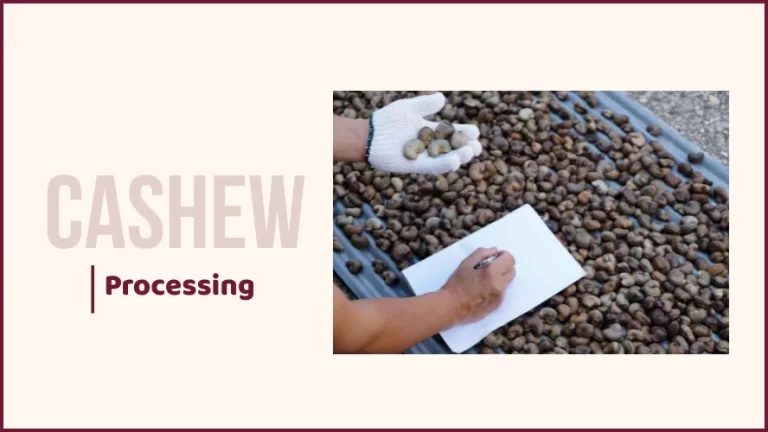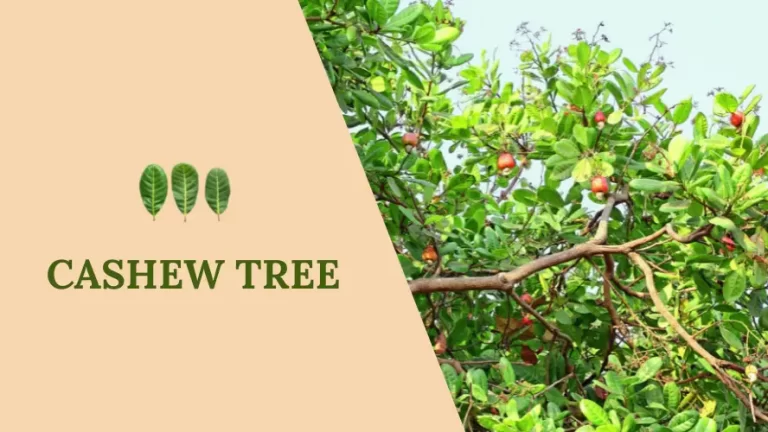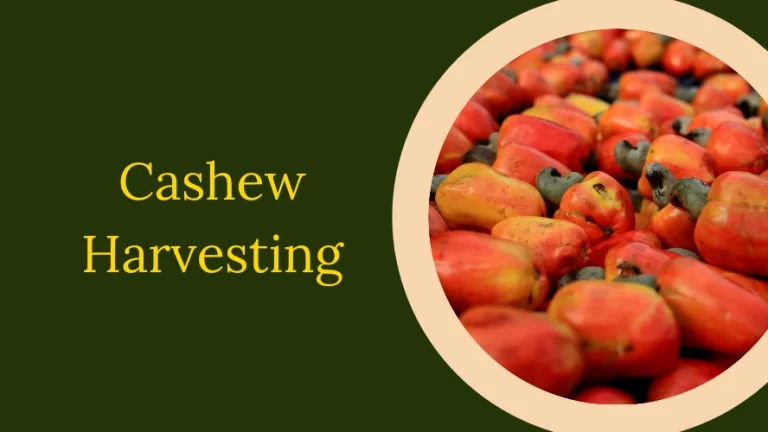The Most Interesting Facts About Cashews

Cashews enjoy widespread popularity, especially among vegans who use them as dairy substitutes in various culinary applications. These seeds are also a key ingredient in plant-based dairy alternative products like cashew milk and vegan yogurt. They can enhance many meals with a light flavor, but what else do you know about them?
In this article, we’ll explore the lesser-known facts about cashews, from their botanical classification to their economic and historical significance.”
Cashews Originally Came from Brazil
Cashews originally came from Brazil. Today, they are grown globally and thrive in tropical regions like East Africa, Vietnam, and India. Cashews have gained international prominence as a crop and are consumed across various cultures worldwide.
It’s thought that cashews were spread across the world by Portuguese explorers sometime in the 1500s.
Cashews are Drupe Seeds
Cashews are often categorized as nuts in culinary contexts. However, botanically speaking, cashews are the seeds of a drupe. A drupe is a type of fruit where an outer fleshy part surrounds a shell containing a seed. In the case of cashews, the seed is what we commonly consume.
The confusion often arises because cashews share many characteristics with true nuts and are sold alongside them. However, unlike true nuts, cashews are not enclosed in a hard, woody shell that is part of the fruit. Instead, they are attached to the bottom of a pseudofruit, commonly known as the cashew apple.
Adding to the complexity of their classification, cashews are occasionally mistaken for legumes. This might be partly because peanuts are classified as legumes, and cashews have structural similarities with them. However, a cashew isn’t a legume because it doesn’t develop inside a pod. All around, cashews seem to cause a lot of confusion!
The Cashew “Apple” is the Swollen Stem
The cashew tree produces a structure commonly referred to as an “apple”, although it is not, in fact, the fruit of the tree. Instead, it’s the swollen stem that supports the fruit itself. The apples are sometimes called “pseudofruit” or “false fruit.”
Although edible, they aren’t the part of the plant that houses the seeds. Therefore, they do not qualify as botanical fruits. They are rarely exported because their shelf life is short, but in their home countries, they may be used in curries or turned into juice or preserves.
Cashews Are Green
Before roasting, cashews are green on the outside rather than the pale, creamy color most associated with them. Only after being heated do they develop the familiar color we are used to seeing in stores.

Interestingly, the color after roasting helps determine how the cashew is classified in terms of quality. A pale cashew is of higher quality than a dark brown or amber one.
Cashews Are Related To Poison Ivy
As a member of the Anacardiaceae family, cashews are technically related to poison ivy. While this relationship might raise eyebrows, it’s crucial to understand why cashews are thoroughly processed before reaching consumers. This is because the cashew nut is encased in a hard shell that contains urushiol, an oily substance also found in poison ivy.
Contact with urushiol can cause skin irritation and allergic reactions. Therefore, cashews are never sold in their raw, in-shell form. They undergo a careful process to remove the shell and neutralize the urushiol, ensuring they are safe for consumption.
Cashews Have a Strong Cultural Meaning
Cashews hold a special place in various cultures around the globe. In some Indian communities, for example, they are considered a symbol of prosperity and are often given as gifts during festivals, weddings, and other special occasions. Their cultural relevance extends beyond mere consumption, serving as tokens of goodwill and celebration.
Cashews Are Key To Many Economies
Cashews are a high-value crop with a significant impact on the economies of many countries. They contribute to both Gross Domestic Product (GDP) and export revenues. Their cultivation and processing provide employment opportunities, especially in rural areas with limited job options.
Job creation

The cashew industry is a significant employer in countries like Vietnam, India, and several African nations.
From farming to processing and exporting, each stage of cashew production involves labor-intensive activities.
This creates jobs in agriculture and sectors like logistics, quality control, and export management.
Trade impact
Cashews are a major export commodity for several countries. In West Africa, for example, they contribute to a positive trade balance, earning valuable foreign exchange. The rise in veganism and health-conscious eating has boosted global demand for cashews.
Economic diversification
The cashew industry also contributes to economic diversification. Beyond the nut itself, byproducts like Cashew Nut Shell Liquid (CNSL) have industrial applications, which we will explore later in the article. This adds another revenue stream for the producing countries.
The Industrial Side of Cashews
While many of us appreciate cashews primarily as a delicious food, their utility extends far beyond the kitchen. Cashew Nut Shell Liquid (CNSL), a byproduct obtained during cashew processing, finds applications in various industries. It’s used to produce resins, coatings, and friction linings for brakes and clutches. Furthermore, it is also used in paints, lubricants, and waterproofing materials.
Cashews Have Promising and Innovative Applications
While cashews are primarily known for their culinary and industrial applications, they are also making strides in the field of sustainable materials. Researchers are exploring the use of cashew byproducts in creating eco-friendly plastics and other sustainable materials. These innovative applications offer new revenue streams for cashew-producing countries and contribute to global sustainability efforts.
The Use of Cashews in World War II
Perhaps the most intriguing use of cashew derivatives dates back to World War II, where they played a role in arms production.
During the war, the need for versatile materials led to innovative uses for many natural resources, including cashews. The shell of the cashew seed contains derivatives that were found to be useful in manufacturing arms. This historical application highlights cashews’ surprising versatility. It also adds a new dimension to our understanding of this popular nut (or seed).
Cashews are the Seeds of Many Stories
Cashews offer a world of complexity that goes far beyond their role as a popular snack. Their multifaceted nature becomes evident as we explore cashews’ botanical classification, economic importance, and even historical role in wartime.
It becomes clear that there’s much more to know about this fascinating seed. Learning about cashews reveals their wide-ranging impact on various aspects of life, from economy to culture. It’s a reminder that even the most familiar foods can hold a wealth of knowledge waiting to be explored.




